It takes but one visit to Trun and its environs to fall in love with the place. We talk to Asen Mladenov, a resident of the area whose family has been living here for nine generations, about this “uncut diamond” of Bulgaria. For 30 years he has been collecting words and expressions typical of the vernacular in these parts and put together a unique dictionary – Words from Trun – containing 8,300 words used in different areas in life.
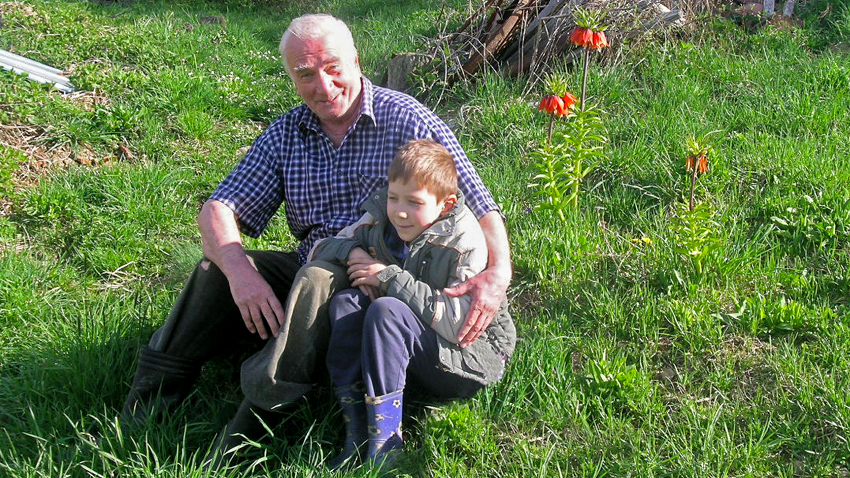
“Starting with the fields, the forest, the tools, the demonology, plants and animals, I have collected it all,” says Asen Mladenov and gives us a taste of what people in Trun are like. “When I was collecting the words for the dictionary, I got to the wooden plough. I asked a cousin who is 94 about one of the elements of the plough. He looked at me in a peculiar way and said: “I knew that, but it has slipped my mind. We ought to ask someone old.” That’s the Trun kind of optimism for you.”
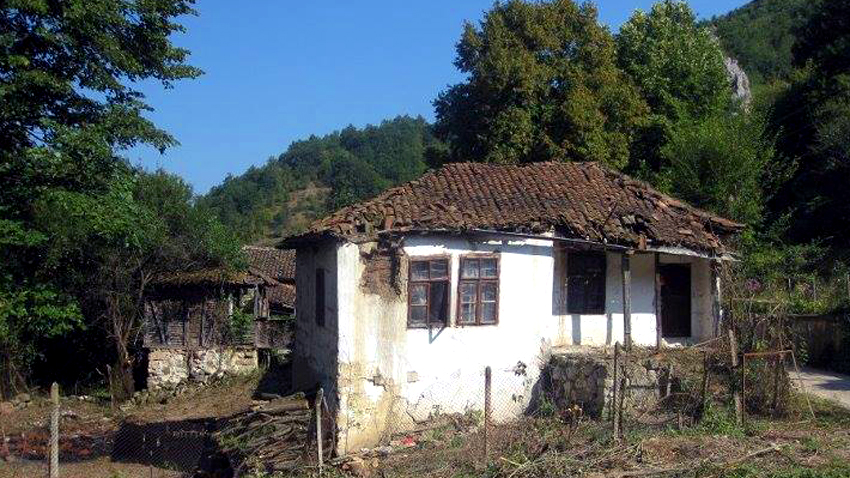
Perhaps it is this optimism that has given the people of Trun the strength to survive through difficult times in Bulgaria’s history that have had a disastrous effect in this part of the country. On the map of the region, Mladenov shows me where the new borderline between Serbia and Bulgaria passed in 1919 according to the Treaty of Neuilly after World War 1. That was when Bulgaria lost a sizable portion of its territory, including 10-12 villages in the region of Trun, which were left within the bounds of Serbia. Here is Asen Mladenov about how the border was drawn:
“They passed along our ridge. One of them – a Frenchman on horseback with a cane said: wherever I plant my cane, that is where the border shall pass. In Strezimirovtsi village, where the border checkpoint with Serbia now is, there is a house, split in two on either side of the border. There are houses like that in other villages as well. I wasn’t born back then, but I do remember the first times people from either side of the border were allowed to see each other in 1956. It was very emotional to see divided families together.”
Today Trun has a population of around 4,400. But there were times when things were different.

“In the years between the two wars its population was 56,000. And before the cooperative farms – around 50,000. There are four villages near here which had 3,500 people living in them. Now, in wintertime, there are 12 elderly people. But the air here, it is amazing.”
Thanks to the air, the food, the nature and the silence, many people here reach a ripe old age. But despite its natural and archaeological assets, until recently the Trun region was not on Bulgaria’s map of development.
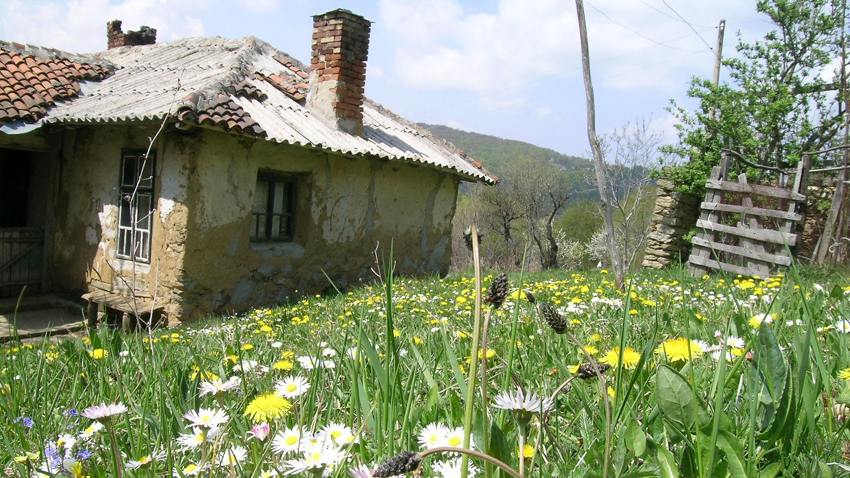
“This is a god-forsaken and government-forsaken place, communist dictator Todor Zhivkov would say. He was afraid the generals – Slavcho Trunski and Dencho Znepolski who come from these parts – would take his place,” Asen Mladenov says. “There are two things that drove people away from the region of Trun. First, the cooperative farms in 1954-1956. They never came to terms with having their property confiscated and many people just left. Many went to Sofia – there are neighbourhoods where there are many people from Trun – Buxton, Krasno Selo, Krasna Polyana. The second time was when the next generation – my own generation – went to the towns as industrial workers. Then after the fall of communism, they had their lands restituted, but what could they do, with only the old and feeble left here.”
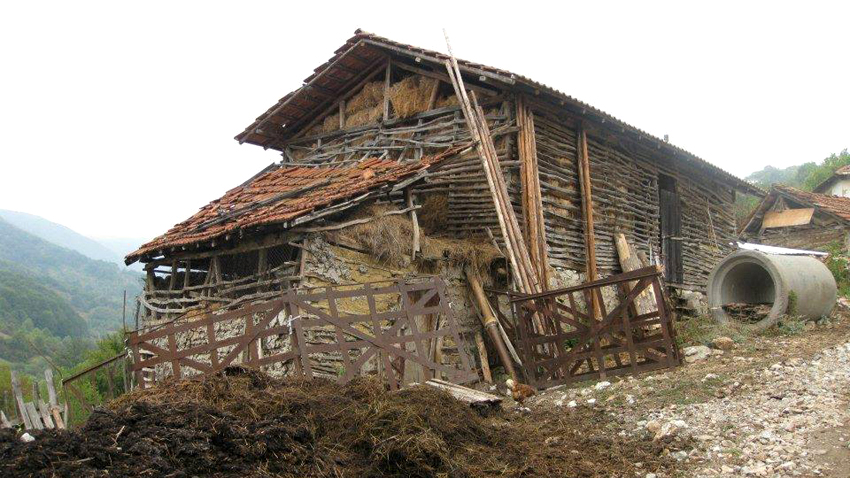
People here are hard working. There was a time when the men would go to work abroad and came back to their families in winter. In the years between the wars there were 7-8 children in each household. So, in summer the women would look after the children, go to work in the fields, and in winter they would weave.
“People here will always lend a helping hand,” says Asen Mladenov. “When someone starts building a house, or some other job, half the neighbourhood would come to help. After the wars it was the widows that got the most help.”
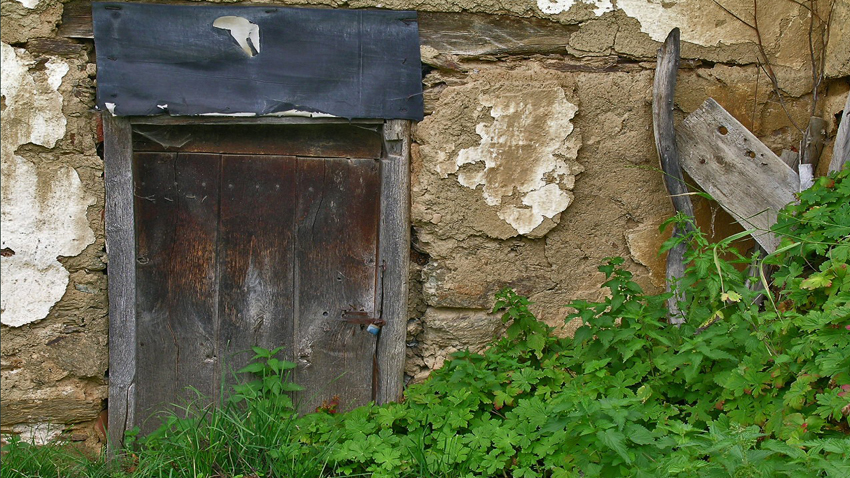
Every village has its own master craftsmen, Asen Mladenov says. In Vidrar it is roof-repairers, in Busintsi – their own brand of pottery, in Gorna Melna – chimney sweeps, in Shipkovtsi – builders.
“It was builders from our part of the country that built the central court house and the royal palace in Sofia,” Asen Mladenov says.
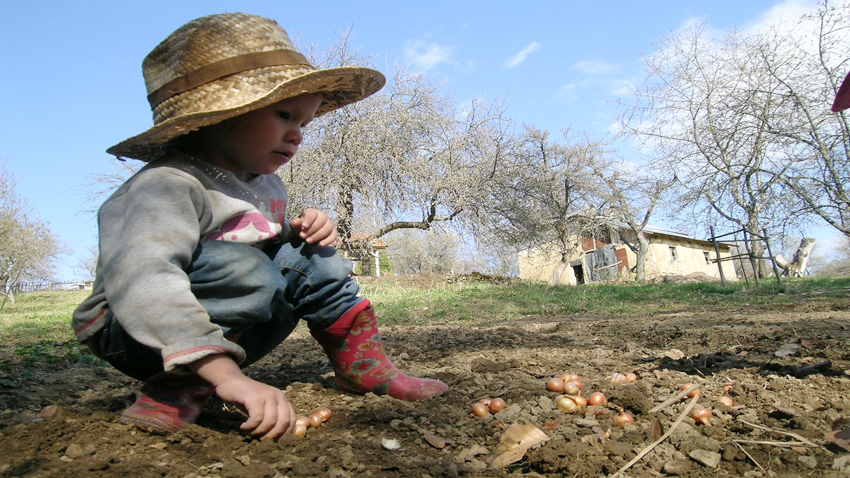
English version: Milena Daynova
Photos: Miglena Ivanova and private library of Asen MladenovExactly a month after the Bulgarian National Radio solemnly celebrated its 90th anniversary, history continues its dialogue with us, its authors. With a special event on February 25, the exhibition "90 Years of the Bulgarian National Radio - The Radio..
Exactly 3 years ago, on February 24, Russia’s invasion of Ukraine began – an event that woke up Europe 77 years after the end of World War II and called into question one of the main goals of the EU – preventing a new armed conflict on the continent...
The festive service for the consecration of the new Bulgarian Orthodox church in London is led by His Holiness Daniil , Patriarch of Bulgaria, who also officiated at the Ressurection Vespers on Saturday. Hundreds of lay people-official guests and..
Exactly a month after the Bulgarian National Radio solemnly celebrated its 90th anniversary, history continues its dialogue with us, its authors. With a..

+359 2 9336 661
